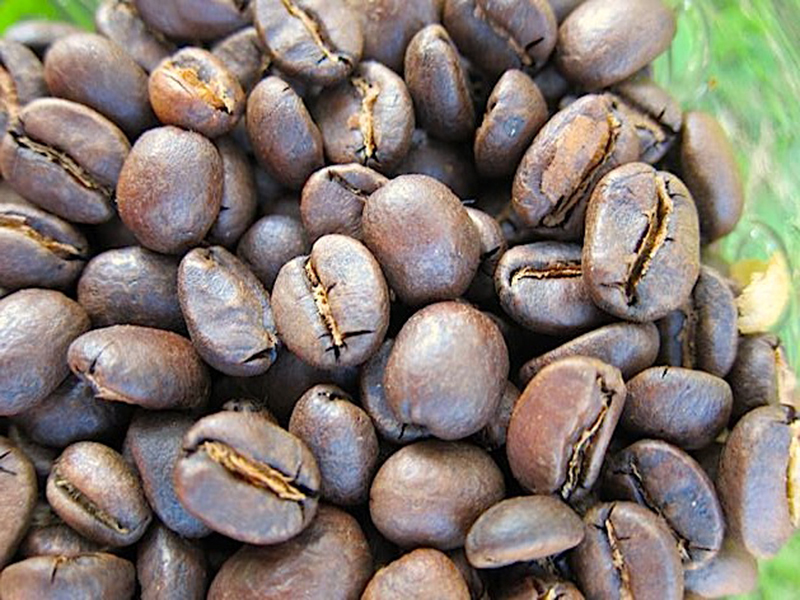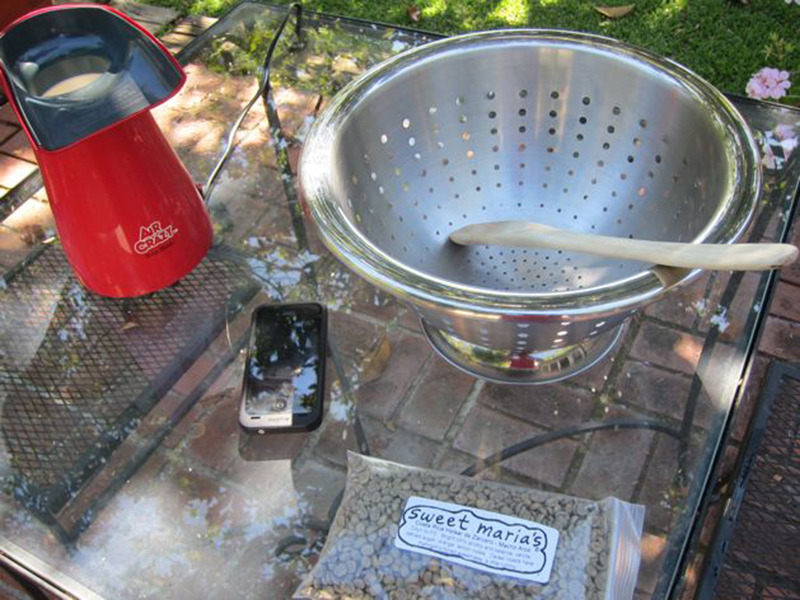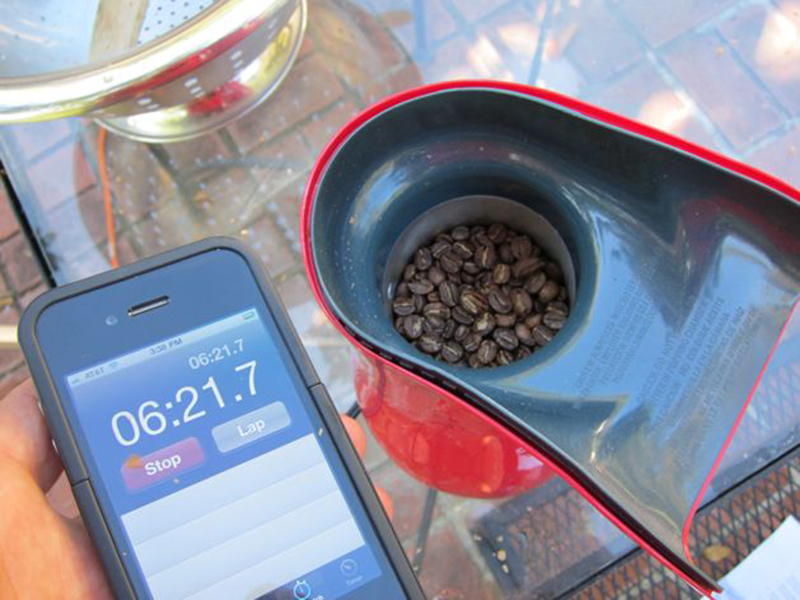Relaxing in a coffee house with a professionally made cup of espresso or cappuccino is one of life’s simple pleasures, but I also enjoy making my own coffee drinks at home. I buy whole beans online and grind them in a coffee grinder. I’m a pretty good home barista, if I do so say myself.
The one coffee-making activity I’ve always avoided, though, was roasting coffee. I assumed that coffee roasting required large, expensive machinery and considerable training. But a few weeks ago, I heard about a way to roast coffee using a hot air popcorn popper. I gave it a try and found out it was fun and very easy. It takes less than 15 minutes to roast a small batch.
Home roasting is not only fun, it’s economical. Green beans cost about half as much as roasted beans, and they stay fresh up to a year. (Roasted beans lose flavor in a matter of days.)
Here’s how to roast your first batch.
Project originally posted on CRAFT.











